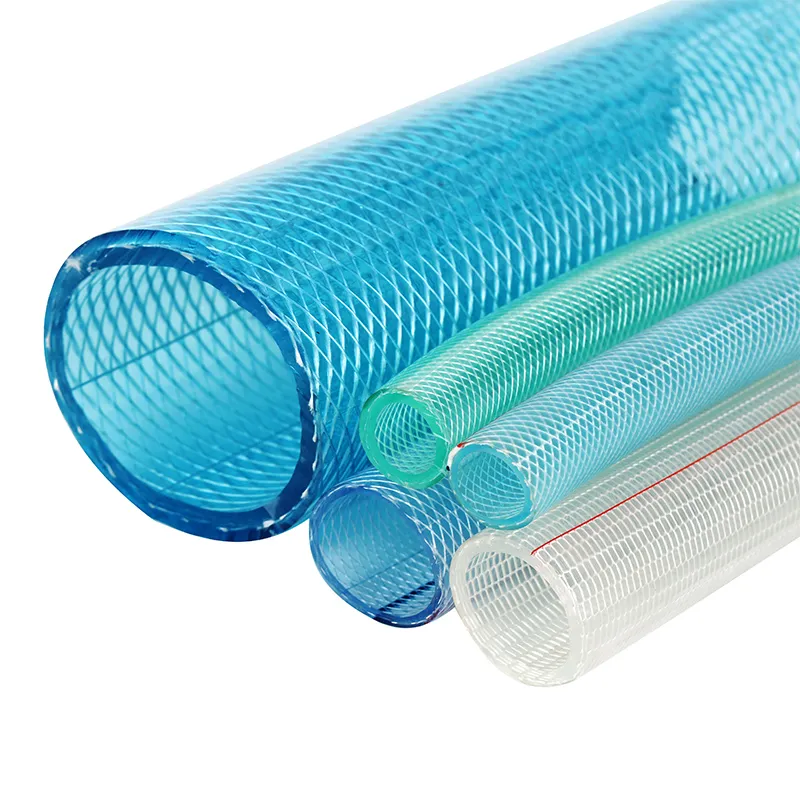types of hoses in fire
Types of Hoses in Firefighting
Firefighting hoses are an essential tool in any fire emergency response. They are designed to transport water from the source to the fire, helping to extinguish flames and prevent property damage. Understanding the different types of hoses available is crucial for effective firefighting operations. This article will explore the various types of hoses used in firefighting, their applications, and the materials from which they are made.
1. Attack Hoses
Attack hoses are primarily used for supplying water to fight fires directly. They come in various diameters, typically ranging from 1.5 inches to 3 inches, and are designed to allow firefighters to deliver a high volume of water to extinguish flames quickly. These hoses are usually made of durable synthetic materials, including rubber or PVC, which provide flexibility and resistance to abrasion and heat. Attack hoses can be categorized further into two types - Pre-Connected Hoses These hoses are kept ready for immediate use and are often connected directly to fire engines. - Wildland Hoses Specifically designed for fighting wildfires, these hoses are lightweight and can be carried easily over rugged terrain.
2. Supply Hoses
Supply hoses, also known as feeder hoses, are used to transport water from hydrants or other water sources to the fire engine. They typically have a larger diameter, ranging from 4 inches to 6 inches, to allow for high water flow rates. Supply hoses need to be robust as they are often pulled over rough surfaces and under significant pressure. The most common materials used for supply hoses include rubber and synthetic fabrics that provide strength and durability.
types of hoses in fire

Booster hoses are a type of attack hose that is lighter and more compact than standard attack hoses. They are usually 1 inch in diameter and are designed for quick response situations. Booster hoses are often used in smaller fires or in situations where a higher-pressure water supply is necessary. They are frequently found on fire engines as they can be easily deployed for immediate action, particularly in industrial settings or during vehicle fires.
4. Hard Suction Hoses
Hard suction hoses are utilized to draft water from static sources such as ponds, swimming pools, or tanks when a fire engine needs to access water without a pressurized supply line. These hoses are rigid, typically made of aluminum with a rubber lining, and are designed to hold a vacuum. They are commonly used in rural areas where water sources can be far from where a fire may occur.
5. Hose Reels and Racks
While not hoses themselves, hose reels and racks are critical components in the firefighting system. They are used to store and deploy hoses efficiently. Fire departments often use hose reels for quick access to booster hoses, while racks are used for larger supply and attack hoses, ensuring they are kept organized and ready for use when seconds matter.
Conclusion
In conclusion, understanding the various types of hoses in firefighting is vital for the safety and efficacy of fire response operations. From attack hoses that deliver water directly to the flames to supply hoses that draw from hydrants, each type serves a unique purpose. As fire safety technology continues to evolve, so too will the design and functionality of firefighting hoses. Being knowledgeable about these tools not only aids firefighters in their duties but also enhances overall fire safety for communities. Whether it's in industrial settings or residential firefighting, the right type of hose can make a significant difference in managing fire emergencies effectively.
-
Unrivaled Performance and Applications of PU Pneumatic Hoses and TubesNewsJun.11,2025
-
The Transparent World of Industrial Tubing and Hosing SolutionsNewsJun.11,2025
-
The Intricate World of Pneumatic Conduits: Tubes and HosesNewsJun.11,2025
-
The Dynamic Landscape of Pneumatic Conduits: Unraveling Key ComponentsNewsJun.11,2025
-
The Diverse Applications and Significance of Transparent PVC TubingNewsJun.11,2025
-
High - Pressure Pneumatic Tubing and Systems: An In - Depth LookNewsJun.11,2025














